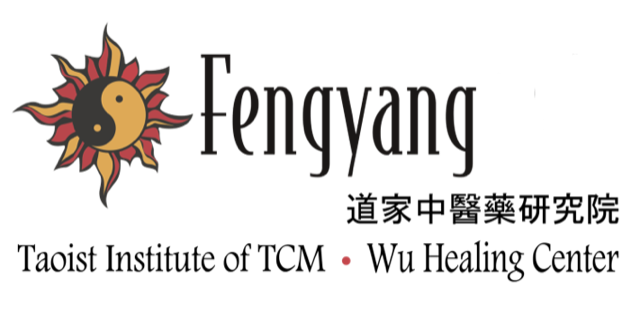Basic Technique Example — Mo (Pressing) Technique
Tui Na – Mo Fa (Rubbing Technique)
Mo Fa is a relatively gentle technique in Tui Na therapy. It involves circular or linear to-and-fro rubbing motions on the body surface using the palm or fingers. This mild stimulation helps regulate Qi and blood, dredge meridians, and relax muscles. Its key feature is being “light but not superficial, firm but not forceful,” with an emphasis on rhythmic, even movements that penetrate the skin without engaging deeper tissues.
⸻
I. Key Techniques
1. Body Position
• The patient may lie in supine, prone, or seated position, remaining relaxed;
• The practitioner stands or sits in a position conducive to effective application.
2. Areas of Application
• Finger Rubbing (Zhi Mo): Uses the pads of the index, middle, or ring fingers (commonly applied to the face or acupoints);
• Palm Rubbing (Zhang Mo): Uses the heel of the palm or entire palm (commonly applied to the abdomen or lower back).
3. Technique Details
• Movements are driven by the wrist, performed in clockwise or counterclockwise circular motions, or in linear to-and-fro strokes;
• Movements should be continuous, smooth, with a consistent frequency of about 50–100 times per minute. The pressure should be light, contacting only the surface of the skin.
4. Force and Rhythm
• Apply gentle pressure so the patient feels warmth and comfort;
• Avoid harsh friction to prevent skin irritation or damage.
⸻
II. Clinical Applications
1. Common Areas
• Abdomen: Regulates digestive function, alleviates bloating and constipation;
• Chest and Hypochondriac Region: Soothes the liver, relieves chest tightness and flank pain;
• Lower Back: Relaxes muscles, promotes local circulation of Qi and blood.
2. Indications
• Indigestion, dysmenorrhea, irregular menstruation;
• Chronic strain, muscular stiffness;
• Weak constitution, pediatric massage (e.g., rubbing the abdomen to aid digestion).
3. Contraindications
• Open wounds, skin inflammation, or local swelling;
• Acute phase of soft tissue injury;
• Use with caution in patients with tumors or bleeding tendencies.
⸻
III. Precautions
1. Wash hands before treatment; massage oil may be used to reduce friction.
2. Adjust pressure based on patient’s condition—use lighter pressure for deficiency syndromes, slightly firmer for excess patterns.
3. Mo Fa is often combined with techniques like Rou Fa (kneading) and Tui Fa (pushing) to enhance therapeutic effects, such as in “Mo-Rou Combination.”
⸻
IV. Mechanism (TCM Perspective)
Mo Fa uses gentle mechanical stimulation to activate Wei Qi (defensive Qi) on the body’s surface and regulate the function of internal organs. It aligns with principles in the Huangdi Neijing: “Slow rubbing supplements, rapid rubbing drains,” highlighting its dual regulating potential in TCM therapy.
